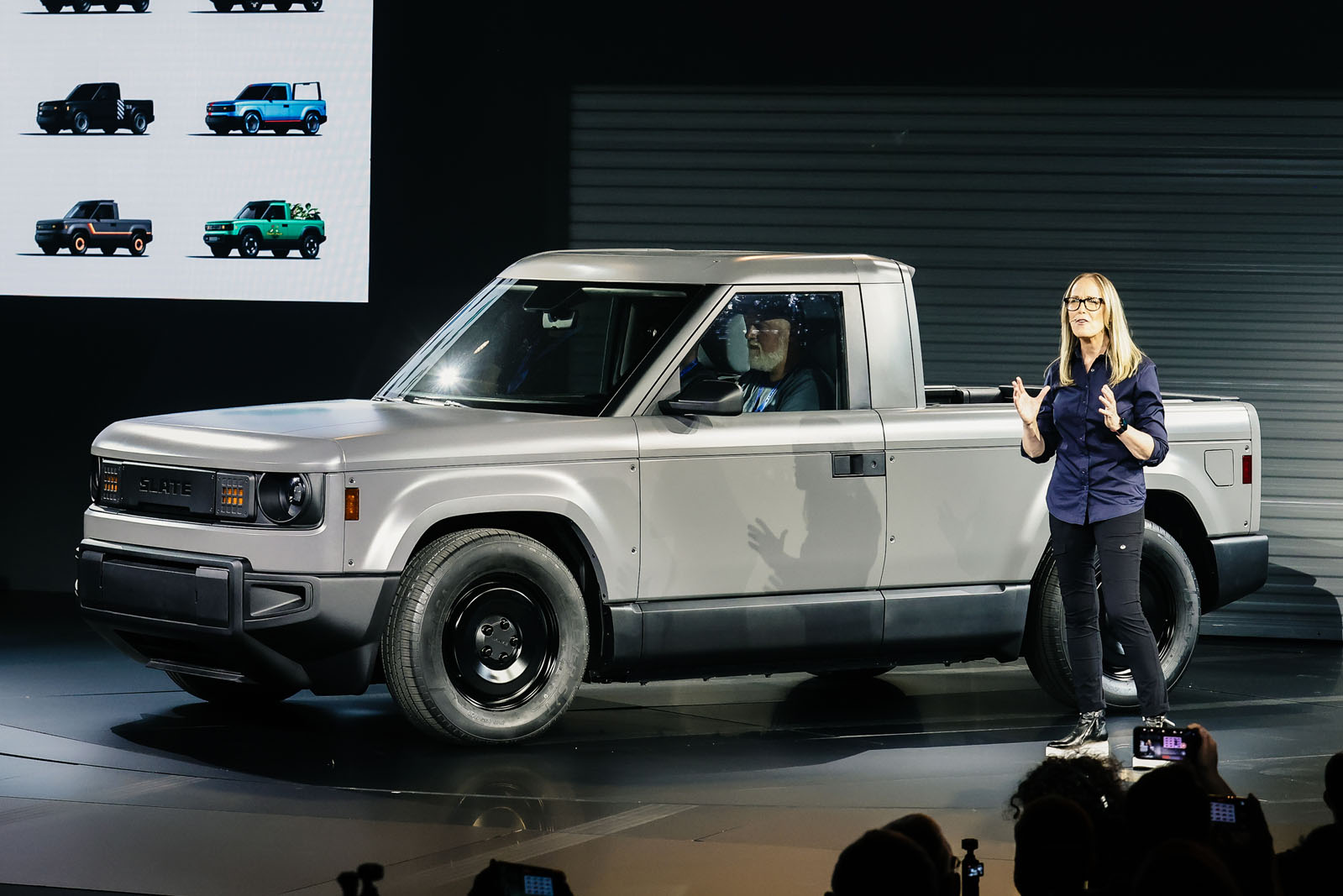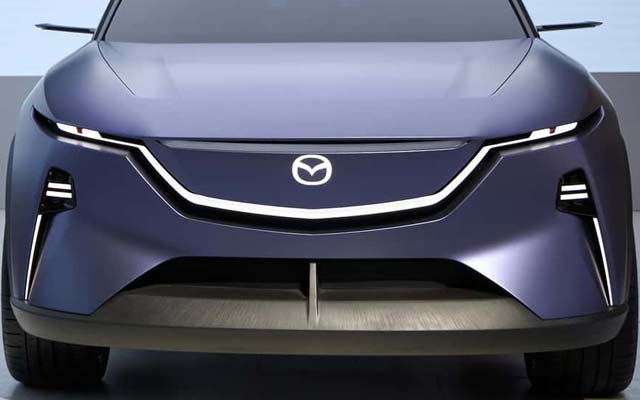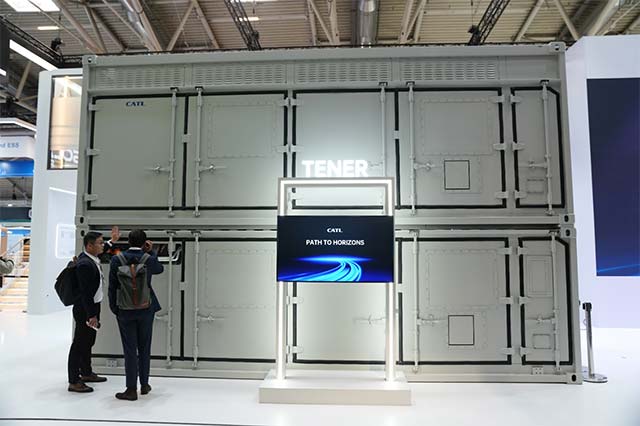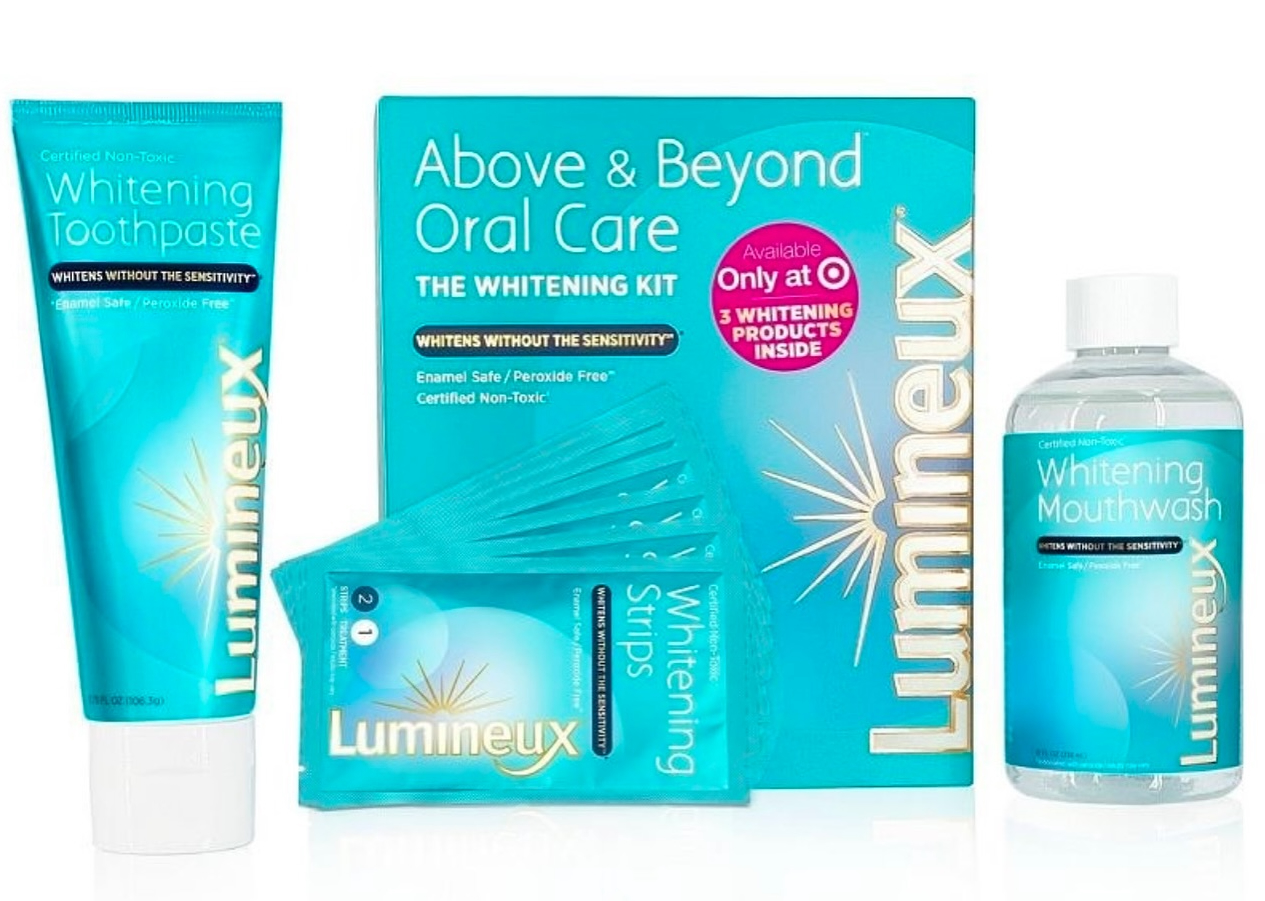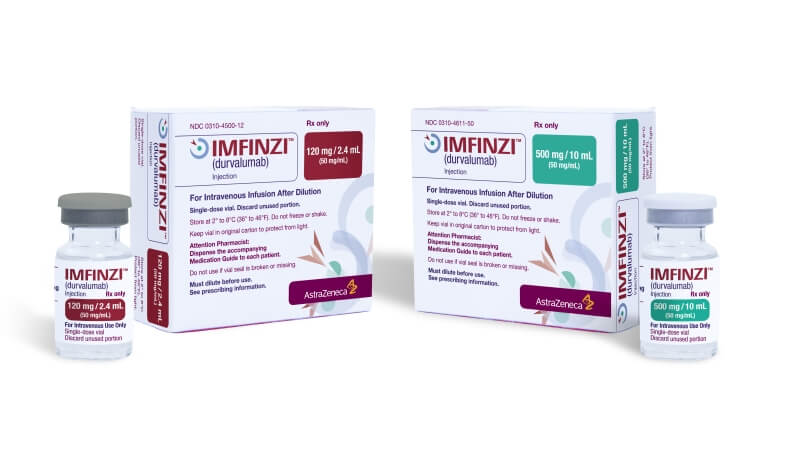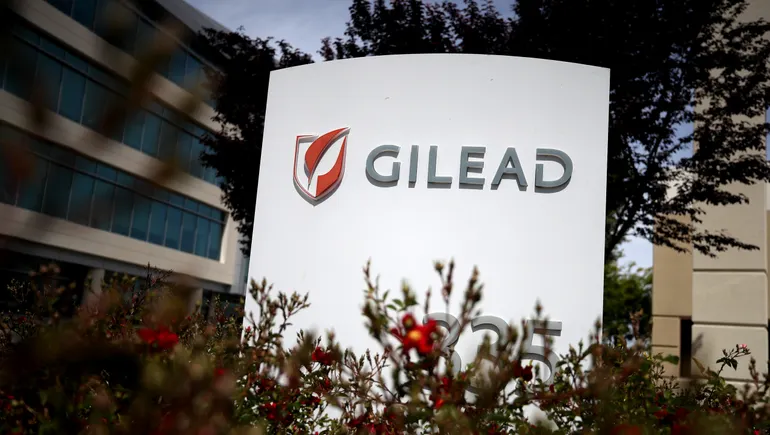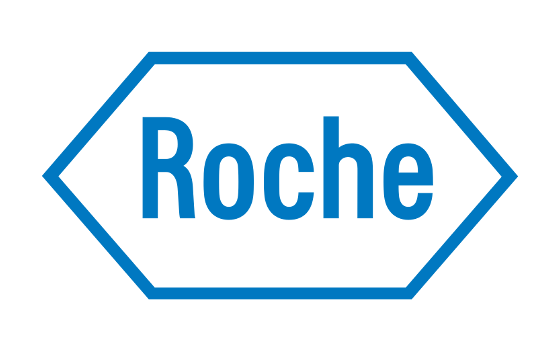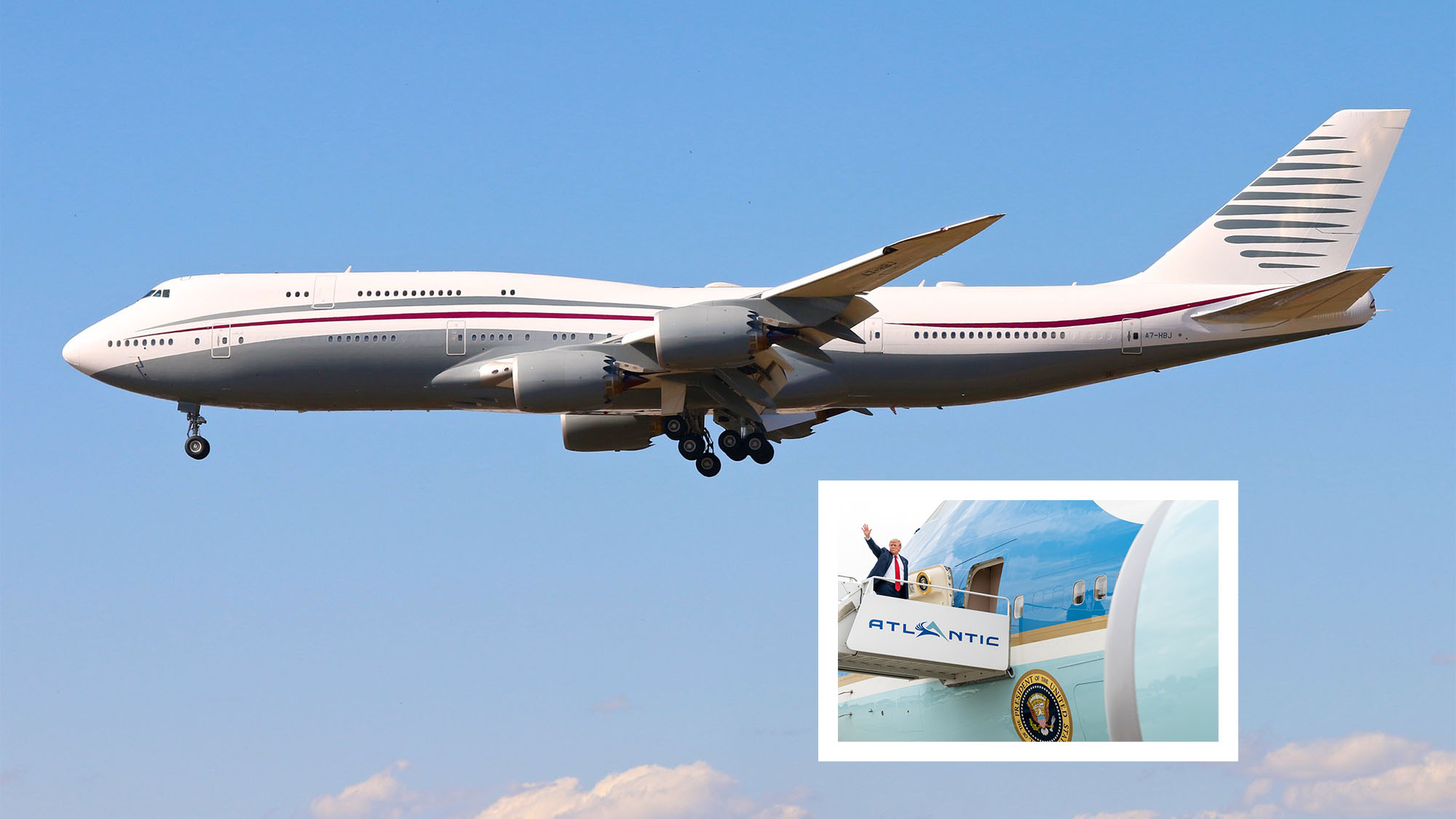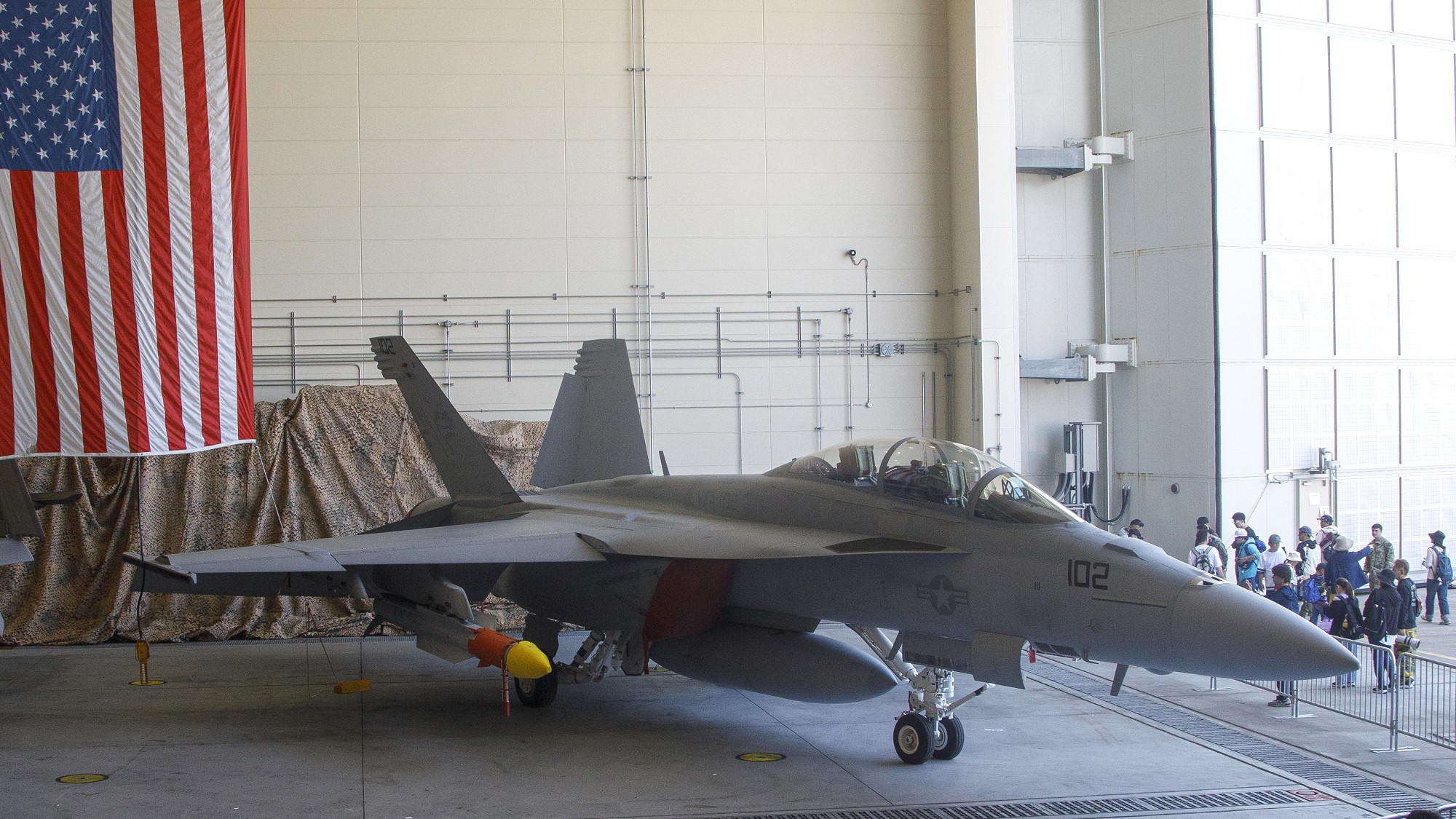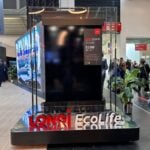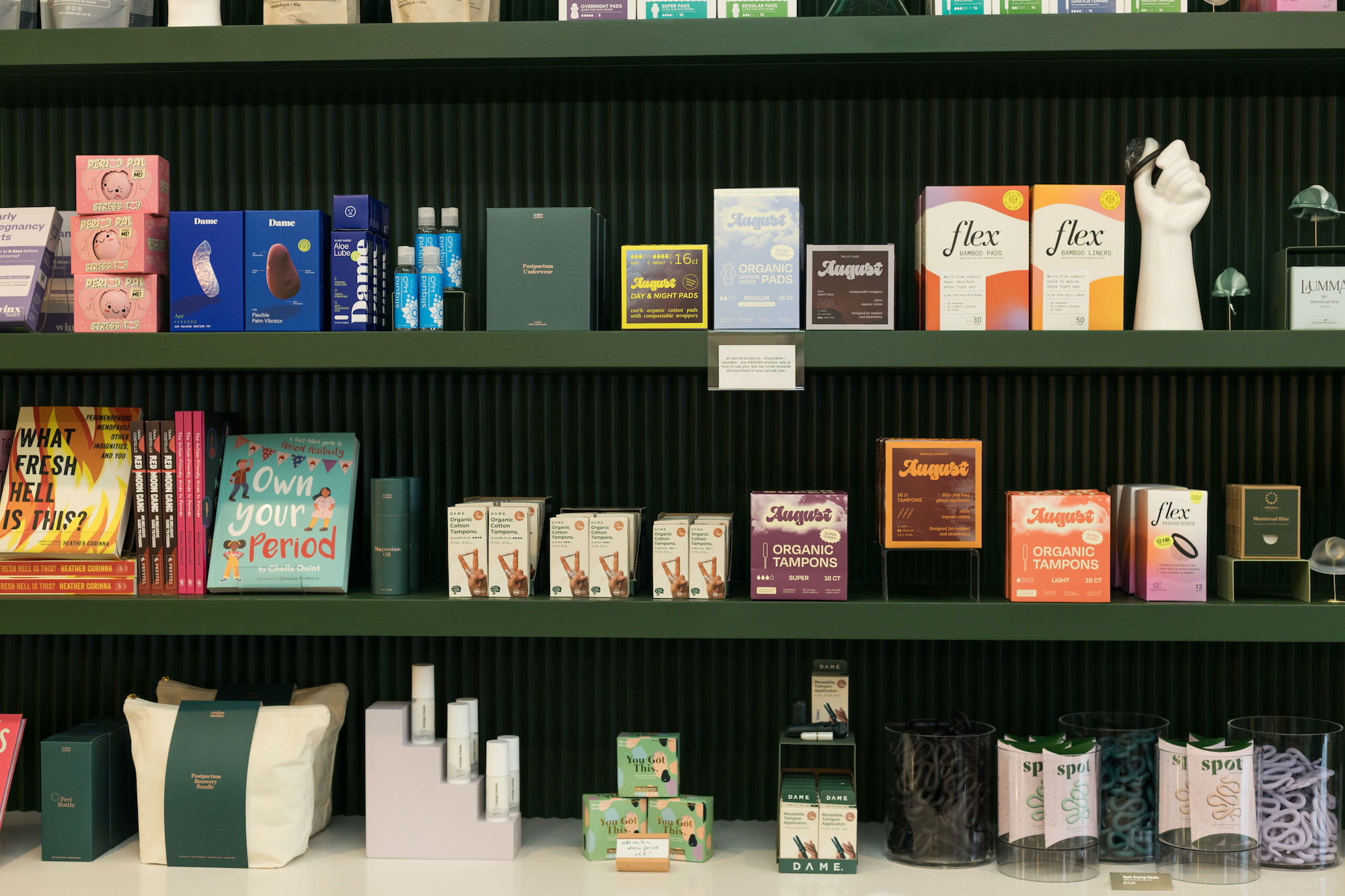Running on Ice: Americold earnings show the cold chain shake-up
In this edition: Breaking down Americold earnings, Maersk upgrades IoT devices and frozen food marketing takes a social turn. The post Running on Ice: Americold earnings show the cold chain shake-up appeared first on FreightWaves.

All thawed out

Quarterly earnings season is well underway, and judging from Americold’s earnings, cold chain throughputs and inventory levels continue to fall as uncertainty runs rampant through the economy.
“The ongoing trade rhetoric and changing tariff situation has already had an impact on consumer confidence, causing our customers to adjust their product portfolios and driving inventory levels down,” Americold CEO George Chappelle said on a quarterly call with analysts.
The one positive on the earnings call is that Americold said most of the food it stores is unlikely to be directly impacted by tariffs, but the indirect impacts are still unknown. Americold is relatively insulated from demand fluctuations in the market as the company primarily stores proteins, potatoes and prepared foods.
FreightWaves’ Todd Maiden wrote, “Americold trimmed its full-year outlook. It now sees revenue flat to up 2% y/y versus the prior guide of up 2% to 4%. Throughput is expected to be roughly flat, with economic occupancy flat to 200 bps lower.”
Temperature checks

Internet-of-Things devices are a staple of every cold chain. Global shipping giant Maersk has recently evolved its IoT plans by upgrading its devices with OneWireless across 450 vessels. OneWireless is a single, unified network designed to support multiple wireless technologies (NB-IoT, Cat-M and LTE broadband), offering scalability, security and flexibility for easy IoT device integration. This allows Maersk to monitor temperature, humidity and location for customers throughout the network.
Kjeld Dittmann, head of vessel and cargo connectivity at Maersk, said in a news release: “This upgrade to our IoT infrastructure is comparable to the shift consumers experienced when moving from 2G to 4G mobile networks. Just as that transition brought faster speeds, better connectivity, and new possibilities for our everyday lives, the OneWireless platform transforms how it is possible to communicate with cargo aboard. With real-time data sharing at unprecedented speed and reliability, we are unlocking new levels of efficiency and operational excellence to meet the demands of a connected, data-driven world.”
The full upgrade and integration is expected to be complete by the first quarter of 2026.
Food and drug

The frozen food market is expected to reach over $457 billion by 2032, according to Grandview research. As for what is driving consumers to frozen food, those trends are heavily influenced by social media, according to the National Frozen & Refrigerated Foods Association (NFRA).
“Today’s consumers are turning to digital platforms for real-life meal inspiration — and frozen foods continue to deliver,” said Kate Landis, NFRA senior director of marketing. “Brands that show up with relatable content online and a strong in-store presence will stay top of mind and cart.”
The study found that 50% of Gen Zers use TikTok for food inspiration versus just 5% of boomers. Not only that but 36% of all consumers say social media influences their frozen food purchases. That climbs to 50% for Gen Z and 49% for Millennials. As for the content that seems to garner the most attention from consumers: brand ads (41%), influencer reviews (25%), grocery hauls (25%) and food challenges (24%).
As for what manufacturers can do to take advantage of this captive audience, that would be doubling down on platform-specific content and partnerships. According to a Conagra Brands report, “As Millennials and Gen Z enter family formation years convenience and affordability become the priority, driving a 54% increase in spending on frozen foods during this period.” Not leaning into the social media world is asking to be left behind.
Cold chain lanes

This week’s market under a microscope is Raleigh, North Carolina. The Reefer Outbound Tender Rejection Index has risen to 18.92%, a 940-basis-point increase week over week. The sharp uptick in rejections is not uncommon for Raleigh as rejections have consistently been at 10%-20% since the beginning of April. The capacity constraint, though, is coming from the lower reefer outbound tender volumes, which have moved to a downward trend, despite a 5.2% increase w/w.
Produce season is just getting underway in the southernmost part of the country. That means it’s unlikely that Raleigh is experiencing this capacity crunch as a result of the produce harvest, but for another reason, which could prove problematic once produce season gets underway in that part of the country.
Is SONAR for you? Check it out with a demo!
Shelf life
Carrier Transicold electric TRU lineup expands with Vector 8200, eCool Enhancements
Lineage expands Nordic presence with strategic acquisition of permanent AS in Norway
Surging demand for cold storage driven by growing trade in perishable products
Thermo King drives cold chain leadership with smart, sustainable innovations at ACT Expo 2025
Electrovaya receives $4.2 million Li-ion battery order for use in cold-storage warehouses
Wanna chat in the cooler? Shoot me an email with comments, questions or story ideas at moconnell@freightwaves.com.
See you on the internet.
Mary
If this newsletter was forwarded to you, you must be pretty chill. Join the coolest community in freight and subscribe for more at freightwaves.com/subscribe.
The post Running on Ice: Americold earnings show the cold chain shake-up appeared first on FreightWaves.
















